#Mecklenburg-Vorpommern
Note
Hey M/26 aus MV hier.
Auf diesem Wege suche ich tolle Menschen zum Kennenlernen und Quatschen. Ich bin ein recht guter Zuhörer und interessiere mich für viele unterschiedliche Themen (ich lese viel).🥰 Außerdem liebe ich Hunde und Katzen (schon mal ein großer Pluspunkt wenn du welche hast 😁). Ansonsten liebe ich Kinobesuche, Serienmarathone, Essen gehen und Spiele. Egal ob Brett-, Karten-, Tabletop- oder Computerspiele. Auch schöne Spaziergänge unternehme ich gerne.🥰
Also sollte ich dein Interesse geweckt haben, lass ein Herz hier und ich melde mich bei dir!😁
Viel Erfolg!
#202402261040#neue freunde finden#suche freunde#freunde finden#freunde#neue freunde#freundschaft#suche neue freunde#20-30#männlich#mecklenburg vorpommern#Mecklenburg-Vorpommern
21 notes
·
View notes
Photo

“ S-P-U-R-E-N “ // B I L L A
176 notes
·
View notes
Text

Nearly 8,000 Medieval Coins and 7 Bronze Age Swords Unearthed in Germany
Volunteer archaeologists found bronze age seven swords and from the 11th century 6000 silver coins in the northeastern German state of Mecklenburg-Vorpommern.
Volunteer archaeological conservationists were searching an area in Mecklenburg-Western Pomerania when they found the metal fragments, the Mecklenburg-Vorpommern Ministry of Science, Culture, Federal and European Affairs said in a Nov. 22 news release.
The seven swords were found in fragments near Mirow (Mecklenburg Lake District). Scientific dating has shown that the swords date back to the Bronze Age. Their age is estimated at around 3,000 years.
Archaeologists reassembled the fragments into seven swords, the release said. A photo shared on Facebook by the ministry shows the ancient weapons.

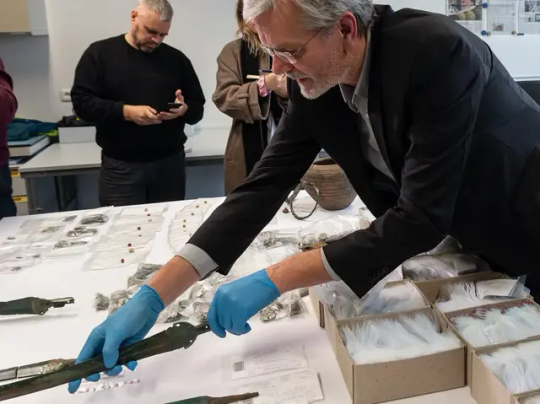
The swords were likely left in the lowland area as a ritual or sacrificial offering, officials said. Although such deposits of valuable items are not unusual, so many Bronze Age swords have never been discovered in one place in Mecklenburg-Western Pomerania.
The seven swords were found in fragments near Mirow (Mecklenburg Lake District). It can be assumed that they came to the surface some time ago when a trench was being dredged and was spread over a larger area with the dredged material. The finders meticulously tracked down the individual fragments, making it possible to put the swords back together almost completely. The recovery was carried out together with an excavation technician from the state archaeology department.
According to the release, volunteers also discovered two other sets of finds, both from the 11th century, in different areas of Mecklenburg-Vorpommern.
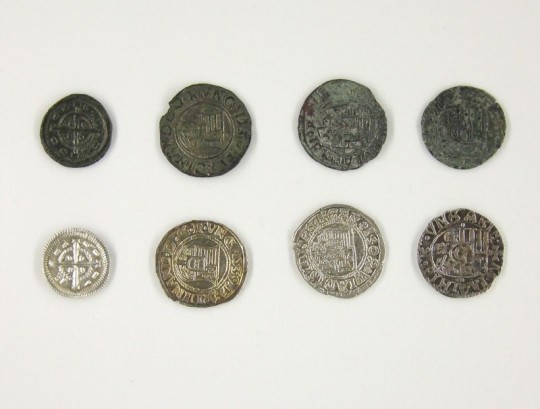
A collection of 6,000 silver coins was unearthed in Rügen, officials said. The find is the largest Slavic coin hoard of the post-war period to date.
The coins were mostly found in a clay pot, but some were spread out nearby. The coins came from a variety of places including western Germany, England, Denmark, Hungary and modern-day Czechia, the release said.
Archaeologists said the variety reflects trade relationships from the 11th century.
Volunteers in the Mecklenburg Lake District also found 900-year-old reliquary containers used to hold religious items. In a pot with around 1,700 coins were neck and finger rings, a pearl necklace (with gold, rock crystal, and carnelian beads), and two reliquary containers that could be interpreted as evidence of the Christian faith. This, in turn, was unusual in an area that was still largely characterized by different beliefs at the time, it was said.
By Leman Altuntaş.


#Nearly 8000 Medieval Coins and 7 Bronze Age Swords Unearthed in Germany#Mecklenburg-Vorpommern#silver coins#collectable coins#silver jewelry#Bronze Age swords#ancient artifacts#archeology#archeolgst#history#history news#ancient history#ancient culture#ancient civilizations#bronze age#middle ages
26 notes
·
View notes
Text
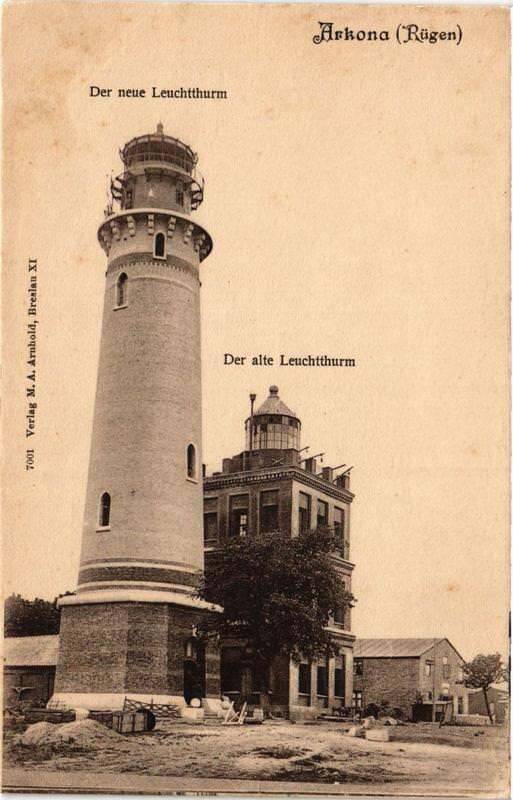
New and old lighthouse of Arkona, Rügen Island, Mecklenburg-Vorpommern, Germany
German vintage postcard
#vintage#tarjeta#briefkaart#postcard#germany#photography#lighthouse#mecklenburg#postal#carte postale#german#sepia#ephemera#island#rügen island#historic#mecklenburg-vorpommern#rgen#ansichtskarte#arkona#postkarte#vorpommern#postkaart#photo
12 notes
·
View notes
Text

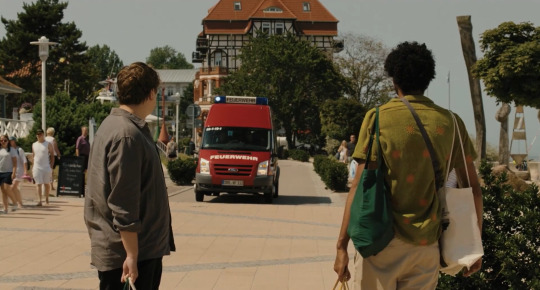

Roter Himmel / Afire
Christian Petzold. 2023
Promenade
Tannenstraße 6, 18225 Kühlungsborn, Germany
See in map
See in imdb
#christian petzold#afire#roter himmel#langston uibel#thomas schubert#promenade#kühlungsborn#mecklenburg-vorpommern#fireman#movie#cinema#film#location#google maps#street view#2023
14 notes
·
View notes
Text


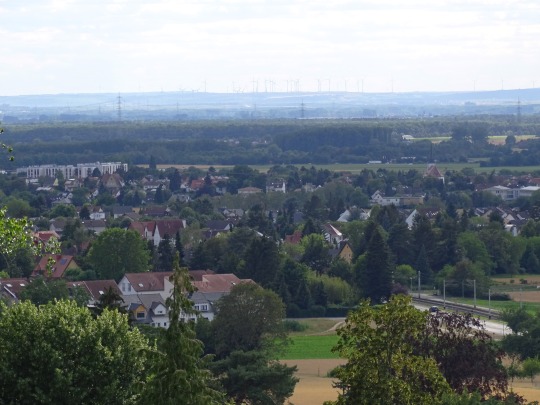
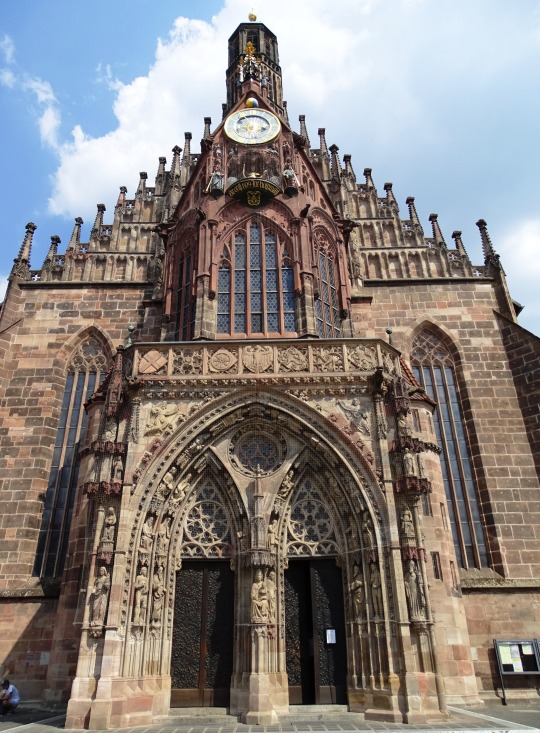
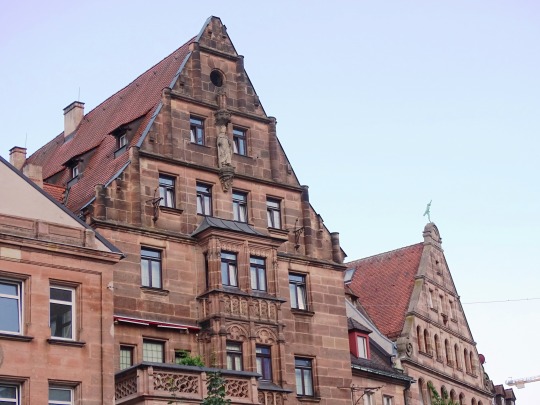
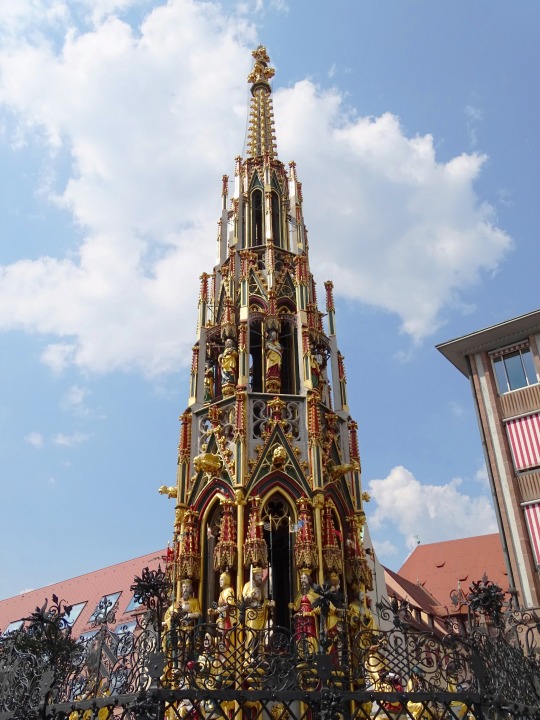
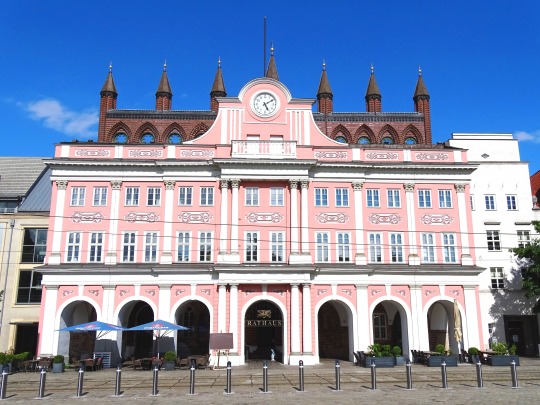

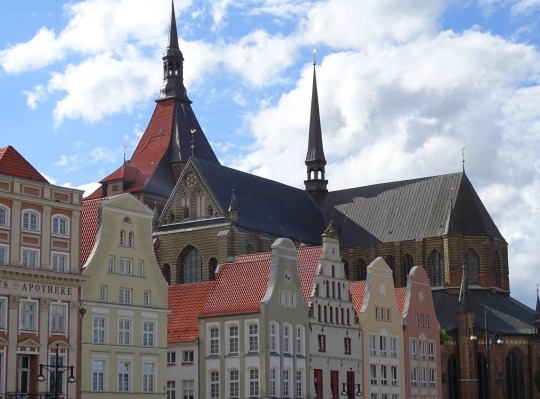
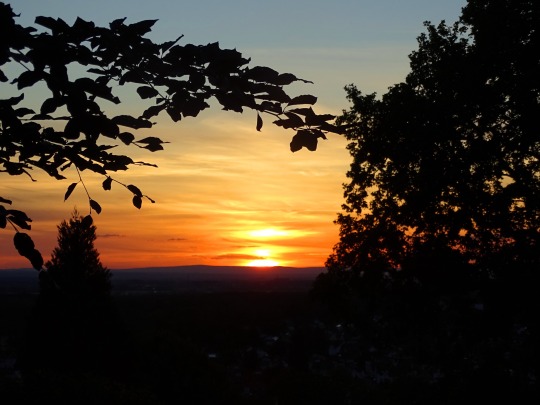
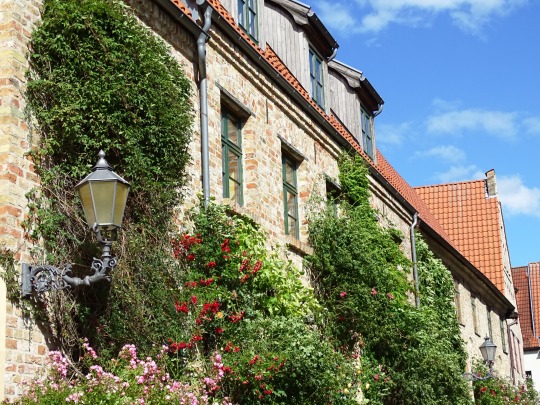
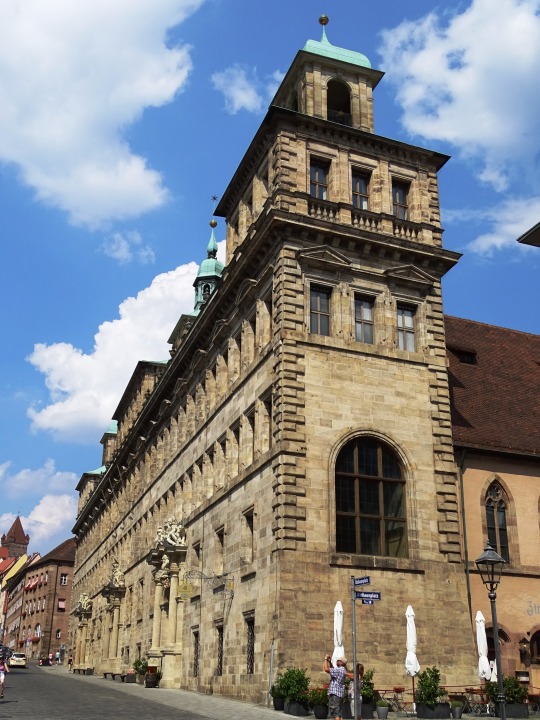


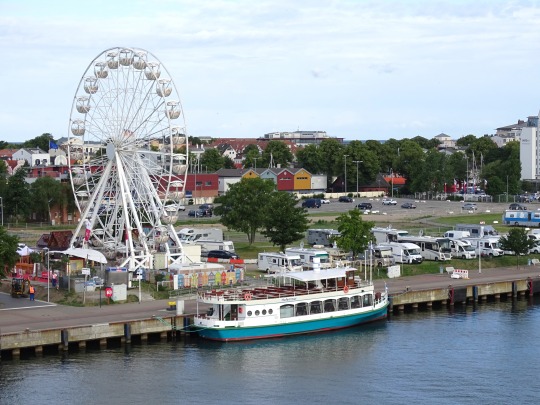
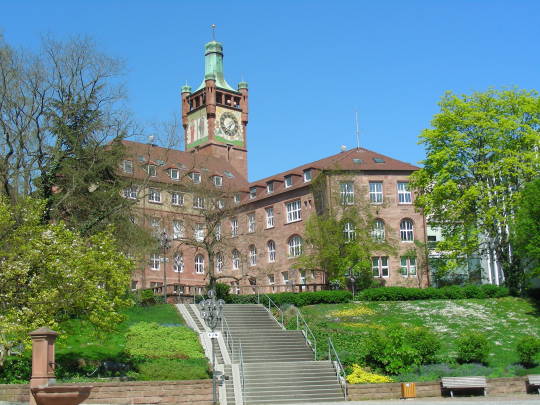
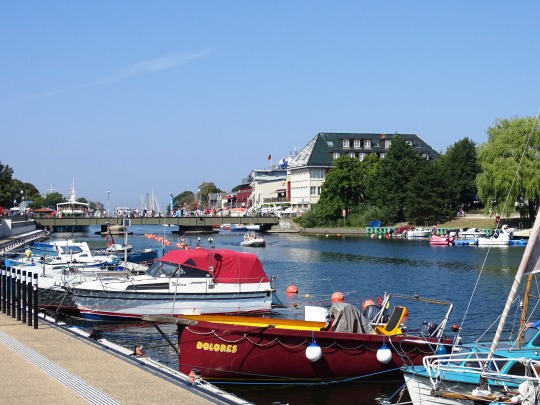
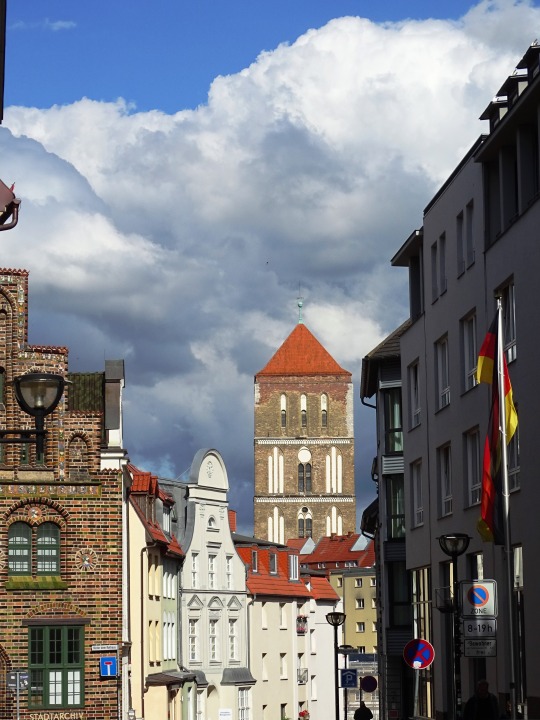

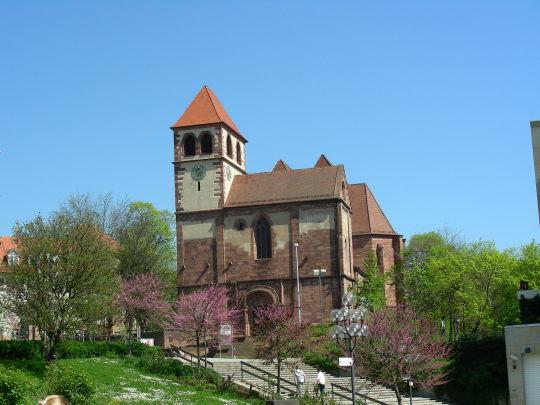
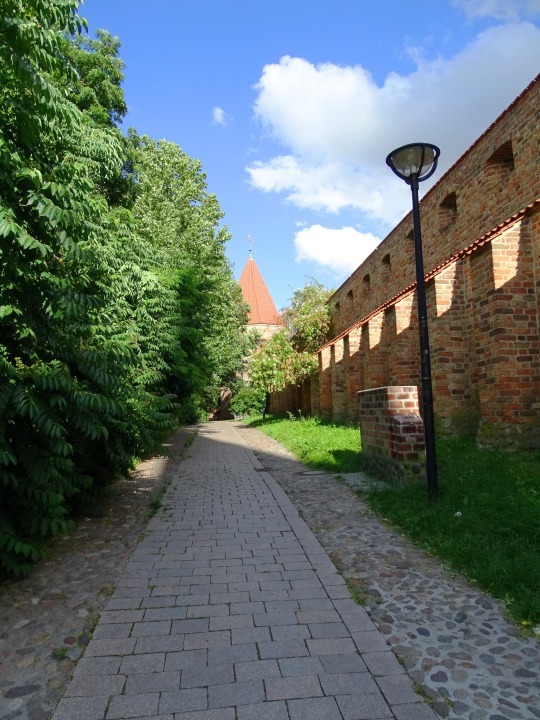
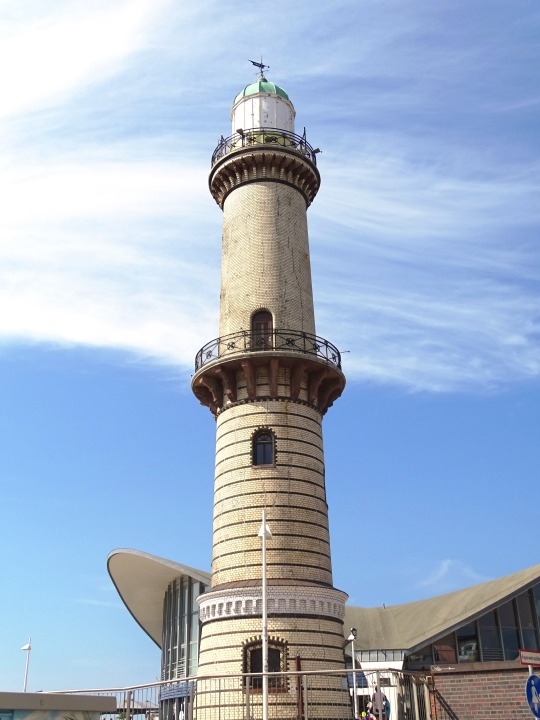
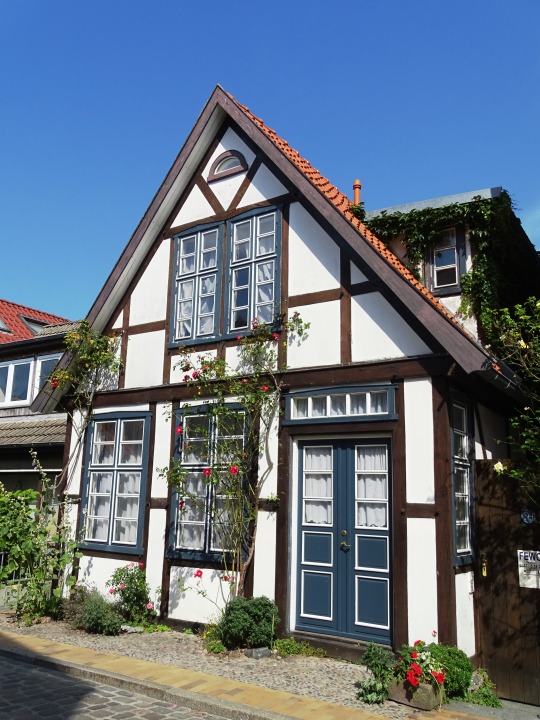
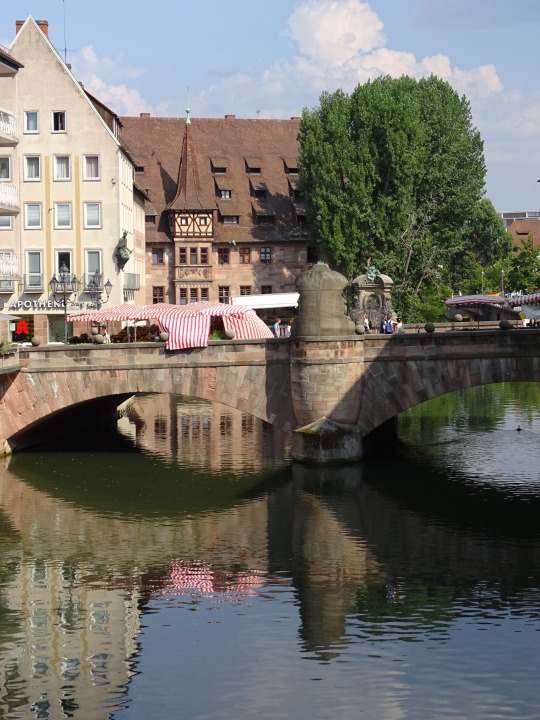

Tag der Deutschen Einheit
German Unity Day is celebrated on October 3 to commemorate the unification of the Federal Republic of Germany and the German Democratic Republic into a single federal Germany on the same date in 1990. A public holiday, the day is characterized by concerts, communal meals, speeches by politicians, and fireworks.
History of National Unity Day
After WWII, Germany was divided into four military sectors, each controlled by France, the United States, the United Kingdom, and the Soviet Union. In 1949, the Federal Republic of Germany was formed and, on October 7 of the same year, the German Democratic Republic (also known as the DDR — ‘Deutsche Demokratische Republik’) was formed.
The political tensions in post-war Europe did not allow much interaction between the people of the two countries. The DDR exercised strong resistance against repression of its political opponents. Thousands of people were kept under surveillance by the German police.
On September 4, 1989, a peaceful protest was carried out by the people of Leipzig against the DDR government. More such demonstrations in other DDR cities took place calling for political reforms and the opening of the borders. And on November 9 that year, the checkpoints between the two German countries were opened and people could travel freely once more. This date marked the ‘fall’ of the Berlin Wall.
Democratic elections further paved the way for the people to come together in the DDR. Finally, in August 1990, the leaders of both countries signed the Treaty of Unification, and Germany’s unification was made official on October 3, 1990.
The Berlin Wall and the Brandenburg Gate are two very important symbols of Germany’s division and the unification of Germany in 1990. Images of both of these are put on display on German Unity Day all across Germany. The day is celebrated as a three-day festival around the Brandenburg Gate and at the Reichstag around Platz der Republik.
National Unity Day timeline
May 23, 1949
Federal Republic of Germany Forms
The German sectors of France, the United Kingdom, and the United States come together to form the Federal Republic of Germany.
October 7, 1949
German Democratic Republic
The sector controlled by the Soviet Union becomes the German Democratic Republic (also known as the DDR — ‘Deutsche Demokratische Republik’).
November 9, 1989
Berlin Wall Falls
On November 4, an estimated 50,000 people gather for a mass protest in East Berlin — five days later, the Berlin Wall dividing communist East Germany from West Germany crumbles.
August 31, 1990
Unification Treaty is Signed
The Unification Treaty is signed, allowing a reunited Germany to become fully sovereign the following year.
National Unity Day FAQs
What is German Unity Day called in German?
German Unity Day is called ‘Tag der Deutschen Einheit’ (The Day of German Unity).
What does German Unity Day celebrate?
The Day of German Unity is Germany’s national holiday. It commemorates the German reunification in 1990 and is celebrated with a festival around Platz der Republik, Straße des 17.
What is closed on German Unity Day?
German Unity Day is a public holiday in Germany so post offices, banks, and many businesses are closed. Nearly all stores are closed, although a few may be open in some city areas.
How To Celebrate German Unity Day
Celebrate the local cultureCelebrate with all the locals at the Charlottenburg Palace. Experience the neighborhoods of Berlin while taking a stroll through Kreuzberg, Friedrichshain, and Mitte.
Watch films and documentaries about GermanyThere are many famous documentaries about Germany and the Berlin Wall. Some of them include “Busting the Berlin Wall,” “Stasi – East Germany’s Secret Police,” “After the Wall: A World United,” “Rise and Fall of the Berlin Wall,” and more.
Visit the specific city of observanceA famous feature of German Unity Day is the observance of the day in one of the 16 states’ capitals every year, which hosts the celebration.
5 Interesting Facts About The Berlin Wall
Two walls: The 27-mile barrier separating Berlin into east and west had two concrete walls that had a 160-yards-wide ‘death strip’ in-between with watchtowers, guard dogs, floodlights, machine guns, and more.
Death on the Wall: More than 100 people died while trying to cross the Berlin Wall, by gunshots, fatal accidents, or suicide.
The great escape: More than 5,000 people escaped by either going over or under the Berlin Wall.
Berlin in Vegas: A piece of the Berlin Wall is now in the bathroom of the Main Street Station Casino in Las Vegas.
In memory of Ida Siekmann: The Berlin Wall cycle route has a glass plaque honoring Ida Siekmann who was the first person to die while trying to cross the wall and flee to East Berlin.
Why German Unity Day Is Significant
It celebrates the unification of Germany: The establishment of Germany as a federal country after years of division since 1945 and the unification of East and West Germany is worth celebrating.
Fall of the Berlin Wall: It commemorates the day when the wall dividing communist East Germany and West Germany crumbled. This was just five days after almost 50,000 people gathered in a mass protest in East Berlin.
Dissolution of the German Democratic Republic: The date marks the dissolution of the German territory controlled by the Soviet Union and the day it joined the Federal Republic of Germany.
Source
#Tag der Deutschen Einheit#National Day of Germany#German Unity Day#3 October#Rostock#cityscape#architecture#Warnemünde#travel#summer 2020#Germany#Deutschland#German history#vacation#Leipzig#Mecklenburg-Vorpommern#Mecklenburg–Western Pomerania#Sachsen#Saxony#Bayern#Bavaria#Nuremberg#Nürnberg#Alter Strom#Marienkirche#Neuer Markt#Nikolaikirche#Völkerschlachtdenkmal#Baltic Sea#Schöner Brunnen
24 notes
·
View notes
Text
Greifswald
Greifswald ist eine Stadt in Mecklenburg-Vorpommern im Norden von Deutschland, und sein offizieller Name ist “Universitäts- und Hansestadt Greifswald”. Die Stadt ist neben dem Ryck und in der Nähe von dem Greifswalder Bodden. Fast sechzighundert Leute wohnen da. Die Universität Greifswald ist sehr alt - nur siebenunddreißig Jahre jünger als die Universität Rostock. Ein wichtiges Wahrzeichen in der Stadt ist das Pommersches Landesmuseum, und der Greifswalder Dom St. Nikolai ist ein lokales Symbol. Rügen ist nicht weit weg, also ist Tourismus auch wichtig in Greifswald.
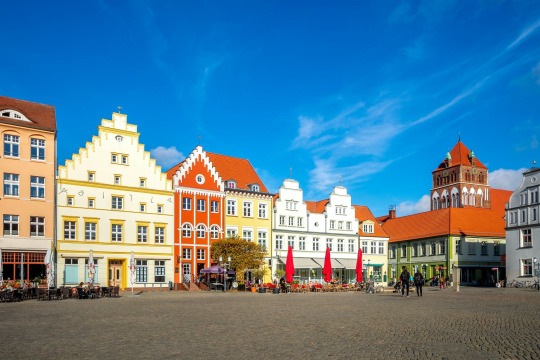


#langblr#learning languages#language learning#learning german#german language#germanblr#greifswald#mecklenburg-vorpommern#mecklenburg vorpommern#germany#agtew
10 notes
·
View notes
Photo
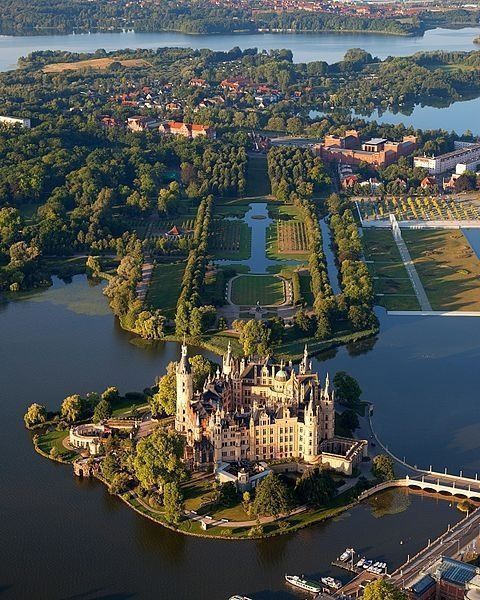
schwerin castle
mecklenburg-vorpommern (germany)
48 notes
·
View notes
Photo

Ahrenshoop, Ostsee, Mecklenburg-Vorpommern
#baltic sea rush#baltic sea#ostsee#ahrenshoop#coast#trail#coasttrail#landscape#view#seaview#sea#photographers on tumblr#photography#2022#path#mecklenburg-vorpommern#germany#explore#explore germany#discover
20 notes
·
View notes
Text





Ostsee - Baltic Sea (2) (3) (4) (5) by Günter Schmid
Via Flickr:
(1) Ostseestrand bei Ahrenshoop auf Fischland-Darß. / Baltic Sea coast at Ahrenshoop on Fischland-Darß.
(2) Ostseeküste zwischen Wustrow und Ahrenshoop auf Fischland-Darß-Zingst.
Baltic Sea coast between Wustrow and Ahrenshoop on Fischland-Darß-Zingst.
(3) Holzkunst auf der Seebrücke in Zingst auf Fischland-Darß-Zingst: "Frucht des Erfolgs" von Roland Lindner hergstellt in ungefähr 4 Wochen aus einem Eichenstamm.
Wooden art on the pier in Zingst on Fischland-Darß-Zingst: “Fruit of Success” by Roland Lindner is made from an oak trunk in about 4 weeks.
(4) Osteestrand bei Ahrenshoop. / Ostee beach near Ahrenshoop.
(5) Am Bodden auf Fischland-Darß an der Ostsee. / On the Bodden on Fischland-Darß on the Baltic Sea.
#beach#coastal#grasses#cloudy#sculpture#wood sculpture#sand#ocean and sky#laundry#germany#mecklenburg-vorpommern#mecklenburg–western pomerania
4 notes
·
View notes
Photo
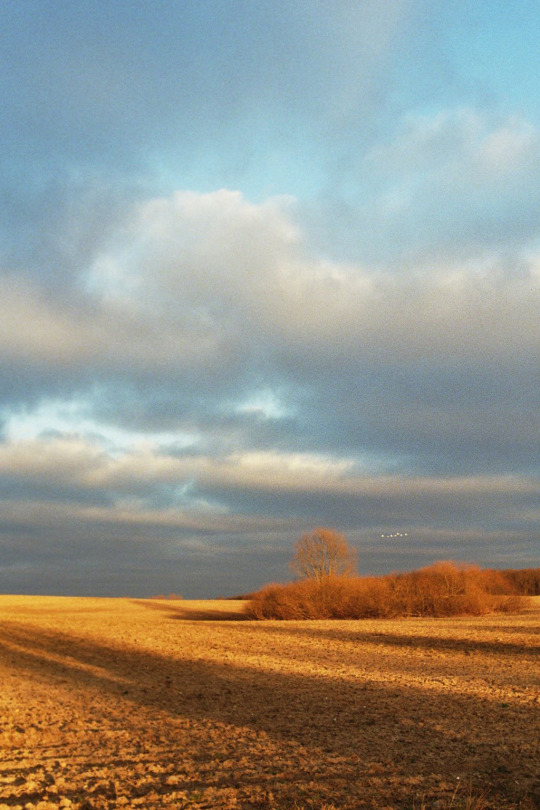
© timo bernhard, all rights reserved
#praktica mtl5#35mm#analog photography#film photography#real photography#original photography#kodak#Mecklenburg-Vorpommern#ishootfilm#staybrokeshootfilm#grainisgood#analoglens
41 notes
·
View notes
Video
Weihnachtsmarkt in Schwerin by Pascal Volk
#Europe#Germany#Mecklenburg-Vorpommern#Schwerin#Wide Angle#Weitwinkel#gran angular#super wide angle#Superweitwinkel#ultra wide angle#Ultraweitwinkel#ww#wa#sww#swa#uww#uwa#Invierno#Winter#Canon EOS R3#Canon RF 10-20mm F4L IS STM#15mm#DxO PhotoLab#Riesenrad#Ferris wheel#Noria#Star of Berlin#flickr
2 notes
·
View notes
Photo
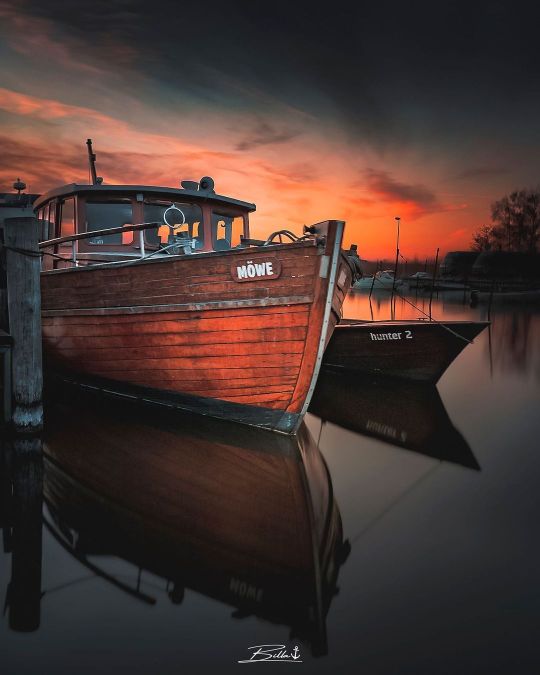
“ B-E-S-T-E “ // usedom_fotos
78 notes
·
View notes
Video
#Seebrücke#Deutschland#balticsea#MV#pier#germany#NIkon#Rügen#Urlaub#Mecklenburg-Vorpommern#island#Z6#Ostsee#Nikkor#2021#Insel#Sellin#alemania#unioneuropea#flickr
13 notes
·
View notes
Text

Seashore promenade from Sassnitz to the Stubbenkammer Cliffs, Rügen Island, Mecklenburg-Vorpommern, Germany
German vintage postcard
#historic#photo#mecklenburg-vorpommern#briefkaart#vintage#the stubbenkammer cliffs#promenade#cliffs#vorpommern#stubbenkammer#rgen#sepia#sassnitz#photography#seashore#carte postale#postcard#postkarte#postal#tarjeta#ansichtskarte#mecklenburg#old#ephemera#postkaart#island#german#rügen island#germany
10 notes
·
View notes

